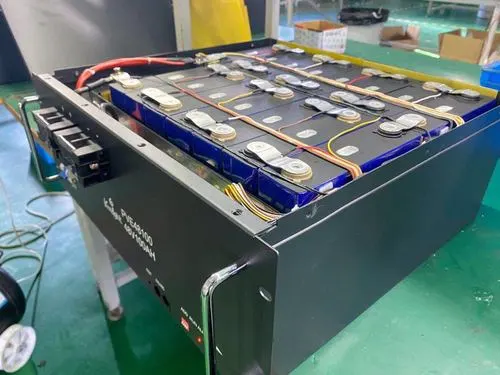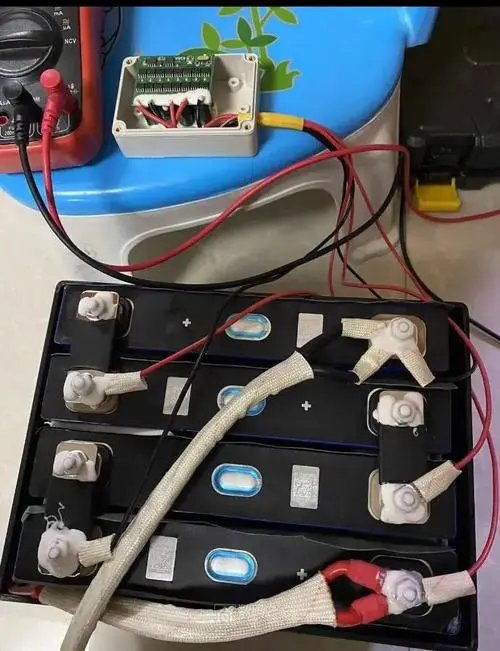 |
Welcome To Evlithium Best Store For Lithium Iron Phosphate (LiFePO4) Battery |
 |

Mixing different LiFePO4 batteries in a battery pack might sound like a simple solution, but it’s generally not a good idea. While it might seem convenient or cost-effective, combining batteries that don’t match up in terms of size, type, brand, or even age can cause more problems than it solves. Let’s break down why this is the case and what issues you might run into if you decide to go this route.
Think of a battery pack like a team working together. If some members of the team are stronger or faster than others, the whole team’s performance suffers because the stronger members have to slow down to match the weaker ones. The same thing happens with batteries. When you mix batteries that aren’t identical, the entire pack will perform at the level of the weakest battery. This can lead to inconsistent output, reduced efficiency, and even safety risks like leaks or, in extreme cases, battery failure.

Discharge Performance: The way a battery discharges its power is crucial. If you mix batteries with different voltages, capacities, or types, the weaker batteries will hold back the stronger ones. For example, a battery with a lower capacity will drain faster, pulling down the overall performance of the pack. This imbalance can lead to over-discharge in some batteries, which could damage them or even cause leaks.
Voltage Differences: Batteries with different voltages won’t discharge evenly. The higher voltage batteries will be forced to lower their voltage to match the weaker ones, which can put unnecessary stress on them and lead to damage.
Capacity Mismatch: Mixing batteries with different capacities means the smaller ones will drain faster, causing an imbalance. This could lead to one or more batteries being overworked, potentially damaging the entire pack.
Different Shapes and Types: LiFePO4 batteries come in various shapes like cylindrical or prismatic, and each type has its own quirks. Mixing batteries of different shapes can lead to inconsistent performance because they’re built differently. This can cause uneven load distribution, which isn’t great for the health of your battery pack.
Mixing Battery Chemistries: Never mix LiFePO4 batteries with other types like nickel-metal hydride, lead-acid, or different lithium-ion batteries. Each type has its own voltage, capacity, and safety characteristics. Mixing them can create serious safety risks, such as short circuits or thermal runaway, where the battery overheats and potentially causes a fire.
Brand Differences: Even if two batteries have the same voltage and capacity, differences between brands can lead to issues. Different brands might have slightly different manufacturing processes or materials, leading to subtle variations in performance. Over time, these differences can cause one battery to wear out faster than the others, throwing the whole pack off balance.
Age and Usage History: Batteries wear down over time, and older batteries just can’t keep up with new ones. Mixing old and new batteries can result in the older ones being overworked, which speeds up their decline and impacts the overall performance of your battery pack. Ideally, you want all the batteries in a pack to be about the same age and have similar usage histories.
Charging a mix of different LiFePO4 batteries is just as tricky as discharging them. When you charge batteries with different characteristics together, they won’t charge evenly. Some might overcharge while others undercharge, which can reduce the efficiency of the entire pack and even cause damage.
If you decide to mix different LiFePO4 batteries, you’ll likely end up with a battery pack that doesn’t meet your expectations. The stronger batteries will be dragged down by the weaker ones, leading to several issues:
Performance Decline: Over time, the differences between the batteries will become more pronounced. The stronger batteries will degrade faster because they’re compensating for the weaker ones. This means your battery pack won’t last as long as it could.
BMS Issues: The Battery Management System (BMS) is designed to monitor and protect your battery pack. But if the batteries aren’t uniform, the BMS might struggle to do its job. It could fail to detect issues like over-discharge, leading to potential safety hazards.
Increased Risk of Damage: As the differences between the batteries grow, so does the risk of over-discharge or overcharge, which can cause damage, leaks, or other safety hazards. Plus, the inconsistent output from the battery pack could damage your devices.
In short, mixing different LiFePO4 batteries is not worth the risk. To get the best performance and safety from your battery pack, use batteries that are the same in every way—same shape, type, brand, capacity, voltage, and age. By sticking to this guideline, you’ll ensure that your battery pack works efficiently, safely, and for a long time.
Edit by paco
All Rights reserved © 2025 Evlithium Limited